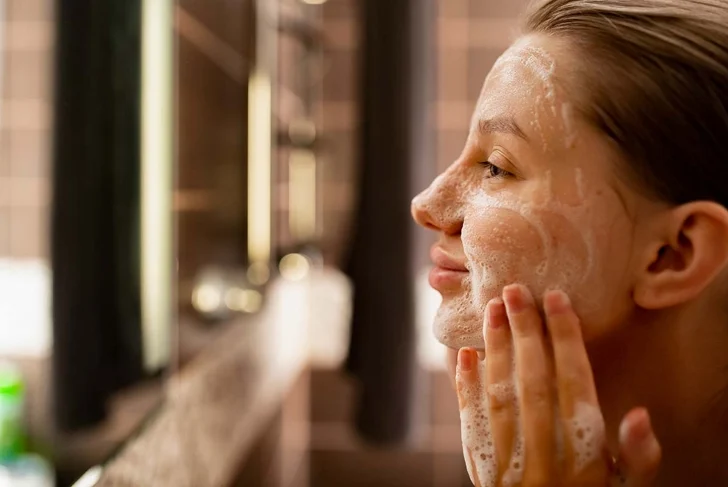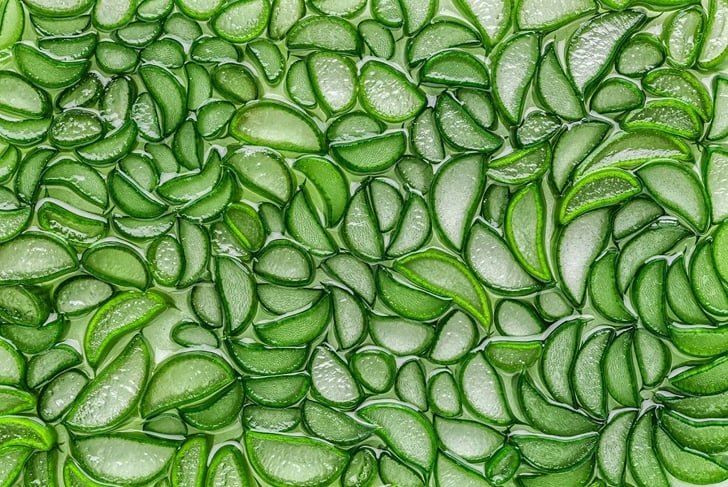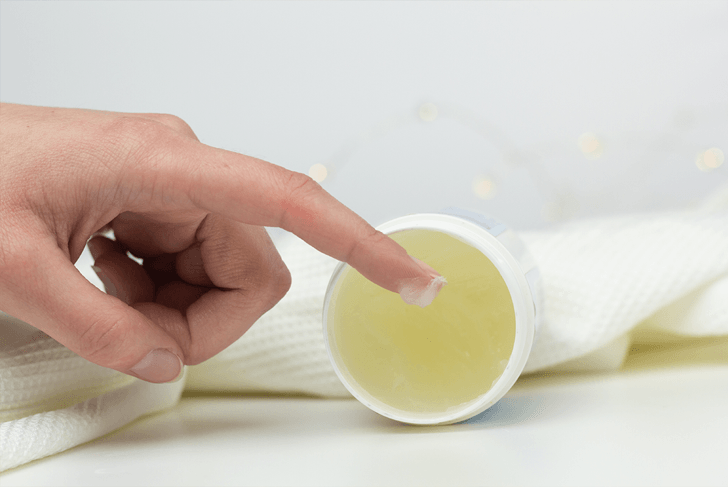Slugging: The Viral Skincare Trend That Seals in Moisture
In recent years, a unique skincare technique known as “slugging” has become a viral sensation, with fans touting its transformative effects on skin hydration. While it may sound a bit unusual at first, slugging is gaining attention in cities around the world for its ability to leave the skin feeling smooth, moisturized, and glowing. But what exactly is slugging, and should you give it a try?
What is Slugging?
Slugging involves applying a thick layer of petroleum jelly (or another occlusive ointment) to your face overnight to lock in moisture and protect your skin. The term “slugging” comes from the way the product glides on the skin, creating a shiny, gooey layer that resembles the trail left behind by a snail or slug. Though the concept of slugging may have originated from Reddit or South Korea’s famed beauty routines, it’s rapidly gained popularity for its simplicity and effectiveness.
If you’re not quite ready to experience the texture of snail slime, slugging is a great alternative—offering similar skin benefits without the mollusk.
How Does Slugging Work?
To understand how slugging benefits the skin, it helps to know a bit about the skin’s structure. Your skin has three primary layers: the epidermis (outer layer), dermis (middle layer), and hypodermis (inner layer). The outermost layer, known as the skin barrier, plays an essential role in protecting your body from harmful irritants, UV rays, and pollutants. It also helps regulate water loss, keeping the skin hydrated.
However, when the skin barrier is compromised—whether from dryness, environmental factors, or aging—it can lead to dry, irritated, and wrinkled skin. This is where slugging comes in. The occlusive layer of petroleum jelly (or other similar products) works by creating a protective seal over the skin, helping to lock in moisture and prevent water from evaporating.
The Benefits of Slugging

Slugging is most effective when it comes to hydrating the skin and repairing the skin barrier. The practice of moisturizing helps reduce fine lines, increase hydration, and calm inflammation. As we age, our skin naturally loses moisture due to decreased oil production and slower cell renewal. Slugging can help combat these effects by creating an ultra-moisturizing environment for your skin.
There are various types of hydrating ingredients used in skincare:
- Humectants like hyaluronic acid and aloe vera pull moisture into the skin.
- Emollients such as oils and cocoa butter help soften and repair the skin.
- Occlusives are products like petroleum jelly that form a protective layer over the skin, sealing in hydration.
Slugging works particularly well because petroleum jelly is considered an ultra-occlusive—its thick texture is highly effective at locking in moisture and preventing water loss throughout the night. By creating this protective layer, slugging also blocks harmful contaminants from entering the skin, helping to reduce the risk of irritation or infection.
Who Should Try Slugging?
Slugging is an excellent skincare technique for individuals with dry skin. If you struggle with skin that feels tight, flaky, or dehydrated, slugging can be a game-changer. The thick layer of petroleum jelly helps to trap moisture, allowing your skin to stay hydrated and soft.
This method is especially beneficial in dry or cold climates, where moisture in the air can strip the skin of its natural oils. It’s also ideal for individuals experiencing irritation or inflammation from environmental stressors. By creating a barrier, slugging not only prevents water loss but also helps the skin repair and rejuvenate itself overnight.
Who Should Skip Slugging?
While slugging can be a miracle worker for dry skin, it might not be suitable for everyone. People with oily or acne-prone skin may find that slugging exacerbates their issues, as the occlusive layer can trap oils and impurities that contribute to breakouts. If you have open wounds, cuts, or infections on your skin, it’s best to avoid slugging until your skin heals, as it may prolong irritation or infection by trapping harmful bacteria underneath the layer of ointment.
How to Slug Like a Pro

To get the most out of slugging, it’s important to follow a proper routine. Here’s a simple step-by-step guide to help you incorporate slugging into your skincare regimen:
- Start with a Clean Face: Since slugging traps everything on your skin, it’s crucial to remove all dirt, makeup, and sunscreen before applying the occlusive product. Washing your face thoroughly helps prevent impurities from being sealed into your skin.
- Apply Your Regular Skincare Products: Follow up with your usual evening skincare routine, including hydrating serums, moisturizers, and humectants (like hyaluronic acid). These products absorb into your skin and provide an extra layer of hydration beneath the petroleum jelly.
- Slug Your Skin: Take a small amount of petroleum jelly (or your preferred occlusive) and warm it up between your hands until it softens. Apply a thin layer over your entire face, making sure it’s even but not too thick. Let it set for about 30 minutes before heading to bed, so it doesn’t transfer to your pillow.
- Let It Work Overnight: As you sleep, the occlusive layer will lock in moisture and protect your skin. You can practice slugging several times a week, especially in drier climates, but once a week should suffice if you live in a more humid environment.
Are There Natural Alternatives to Petroleum Jelly?
While petroleum jelly is effective, it’s not the most sustainable option. Petroleum jelly is derived from oil byproducts and can have environmental and health concerns if not properly processed. If you’re seeking a more natural alternative, look for plant-based occlusives such as shea butter, mango butter, or plant oils like jojoba oil or coconut oil. These natural alternatives can still provide similar moisturizing benefits without the potential drawbacks of petroleum jelly.
Final Thoughts on Slugging
Slugging may seem like an unconventional beauty trend, but its benefits are hard to ignore. By creating a protective barrier over the skin, it helps lock in moisture, heal the skin barrier, and promote a healthier, more hydrated complexion. While it may not be for everyone, those with dry or irritated skin will likely find slugging to be a useful addition to their skincare routine, particularly during colder months when moisture is at a premium. Whether you use petroleum jelly or opt for a more natural occlusive, slugging is a simple yet powerful way to rejuvenate your skin overnight.

